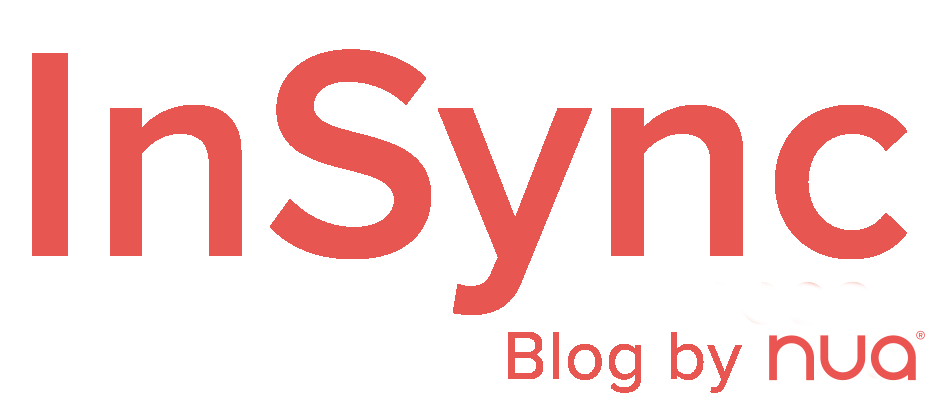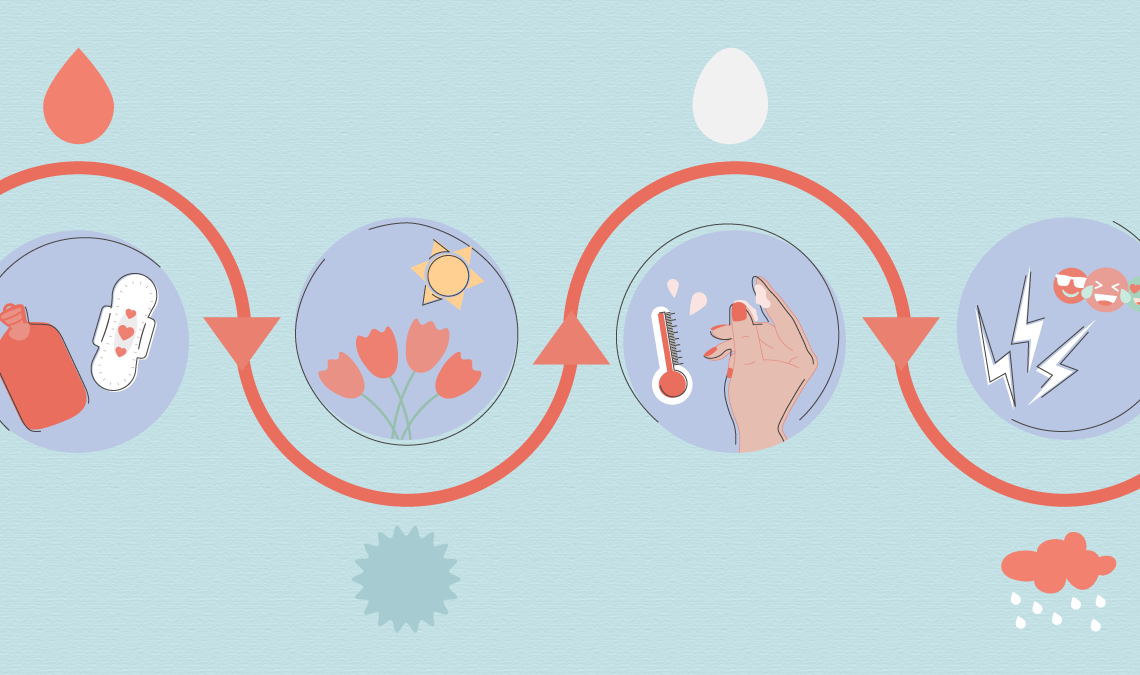The menstrual cycle is a natural and vital process in the reproductive system of individuals with a uterus. Understanding its phases can provide insights into one’s health, fertility, and overall well-being. This guide breaks down the menstrual cycle into its four main phases, highlighting the key events and hormonal changes that occur in each.
1. Menstrual Phase
Duration: 3-7 days
The menstrual phase marks the beginning of the cycle, starting on the first day of menstruation. During this phase, the uterine lining (endometrium) that was built up in the previous cycle is shed, resulting in menstrual bleeding.
Key Events:
- Shedding of the uterine lining.
- Menstrual bleeding.
- Hormone levels (estrogen and progesterone) are at their lowest.
What to Expect:
- Cramping and discomfort as the uterus contracts to expel the lining.
- Possible fatigue and mood swings due to hormonal changes.
2. Follicular Phase
Duration: Approximately 10-14 days (starts on the first day of menstruation and ends with ovulation)
The follicular phase begins concurrently with the menstrual phase but extends until ovulation. During this time, the body prepares for the possibility of pregnancy.
Key Events:
- The pituitary gland releases follicle-stimulating hormone (FSH), stimulating the ovaries to produce follicles.
- One follicle becomes dominant and matures into an egg.
- Rising estrogen levels lead to the thickening of the uterine lining.
What to Expect:
- Increased energy and improved mood as estrogen levels rise.
- Possible changes in cervical mucus, becoming clearer and more slippery.
3. Ovulation Phase
Duration: 24-48 hours
Ovulation is the process in which the mature egg is released from the ovary and is the most fertile phase of the menstrual cycle.
Key Events:
- A surge in luteinizing hormone (LH) triggers the release of the egg from the dominant follicle.
- The egg travels down the fallopian tube toward the uterus.
What to Expect:
- Mild cramping or pain on one side of the abdomen (known as mittelschmerz).
- Increased libido and changes in cervical mucus to a more egg-white consistency, facilitating sperm mobility.
4. Luteal Phase
Duration: Approximately 14 days
Following ovulation, the luteal phase prepares the body for a potential pregnancy. If the egg is not fertilized, this phase ends with the start of the menstrual phase.
Key Events:
- The ruptured follicle transforms into the corpus luteum, which secretes progesterone.
- Progesterone thickens the uterine lining to support a possible pregnancy.
- If fertilization does not occur, the corpus luteum breaks down, leading to a drop in progesterone and estrogen levels.
What to Expect:
- Premenstrual symptoms (PMS) such as bloating, breast tenderness, mood swings, and fatigue.
- Increased body temperature due to elevated progesterone levels.
Understanding Your Cycle
Tracking your menstrual cycle can help you understand your body’s rhythms and anticipate changes. There are various methods and tools available, including calendar tracking, mobile apps, and wearable devices.
Benefits of Tracking:
- Identifying patterns in menstrual symptoms.
- Determining fertile windows for conception or contraception.
- Detecting irregularities that might require medical attention.
Conclusion
The menstrual cycle is a complex interplay of hormonal changes that prepare the body for a potential pregnancy. By understanding the phases of the menstrual cycle, individuals can gain valuable insights into their reproductive health, manage symptoms more effectively, and make informed decisions about their health and well-being.
For further information and personalized advice, consulting a healthcare provider is always recommended.



